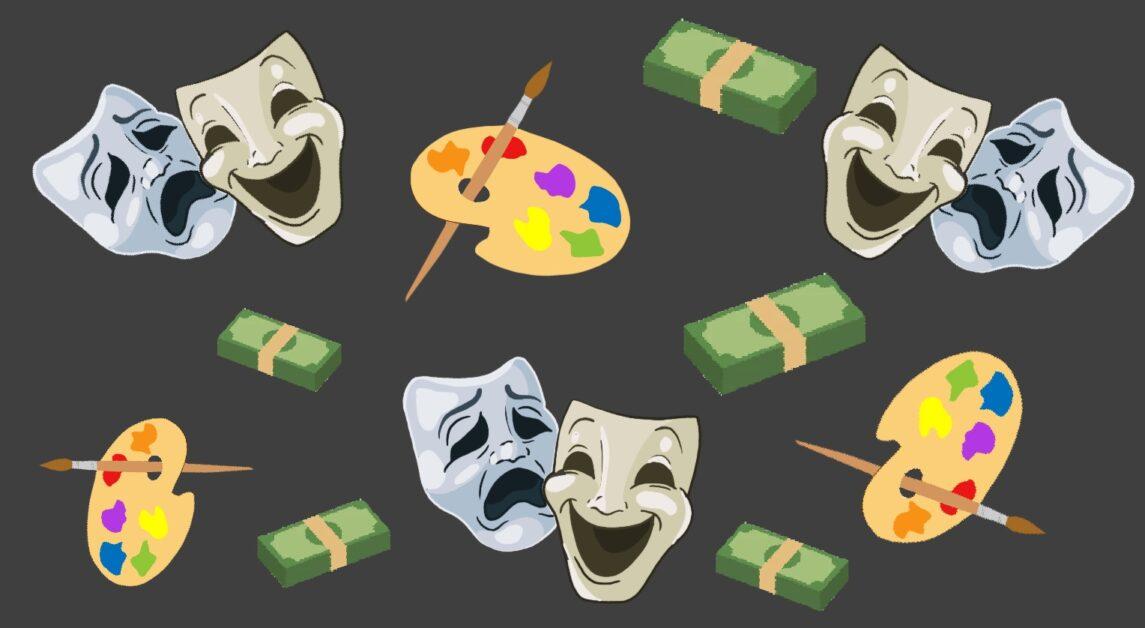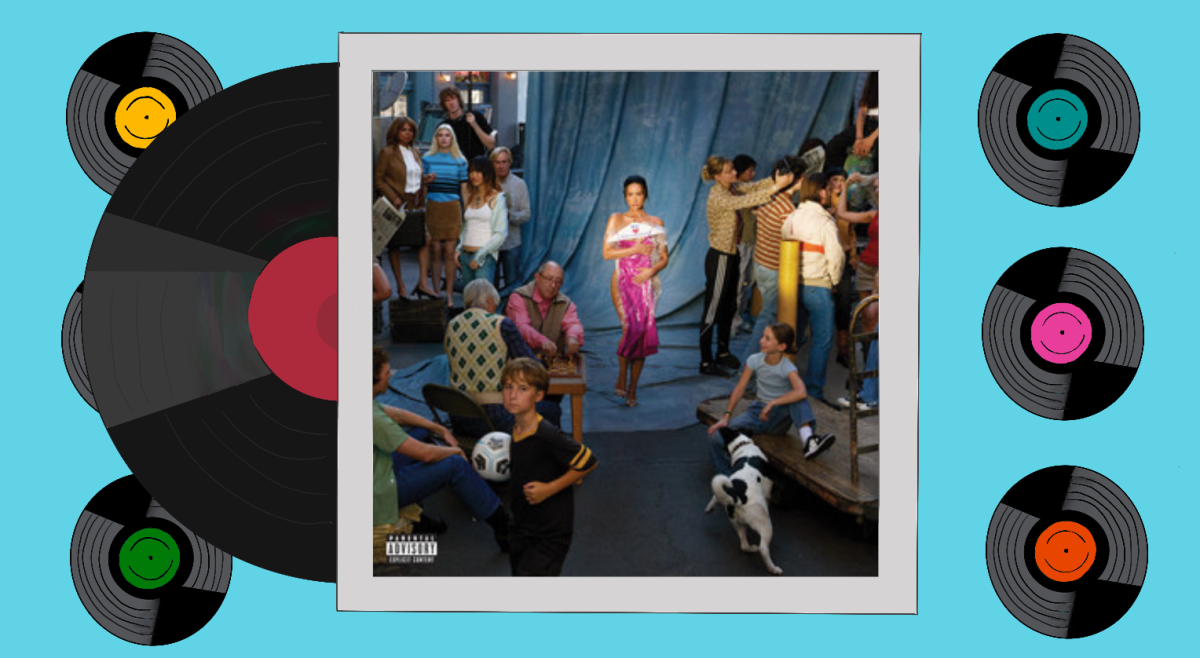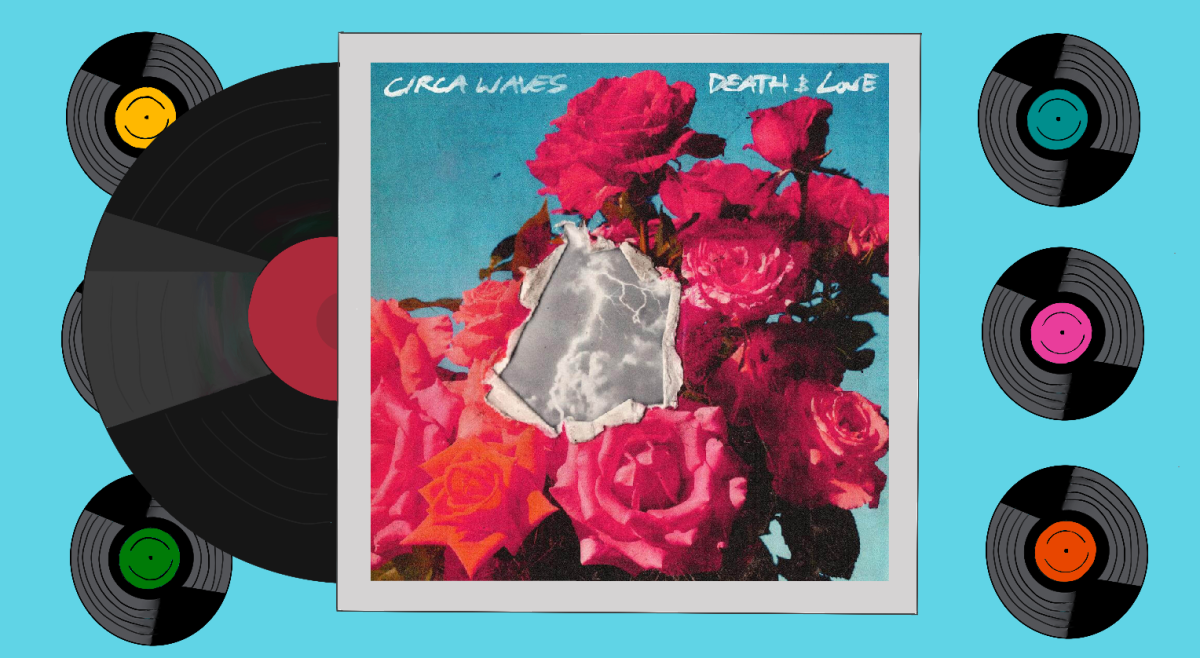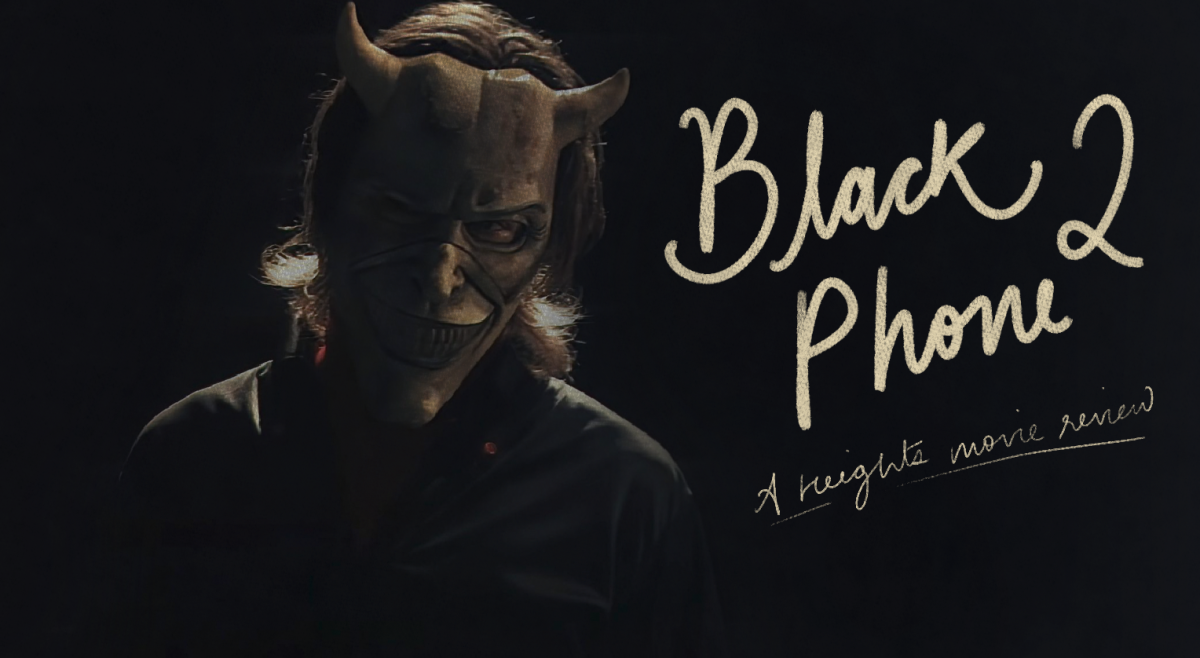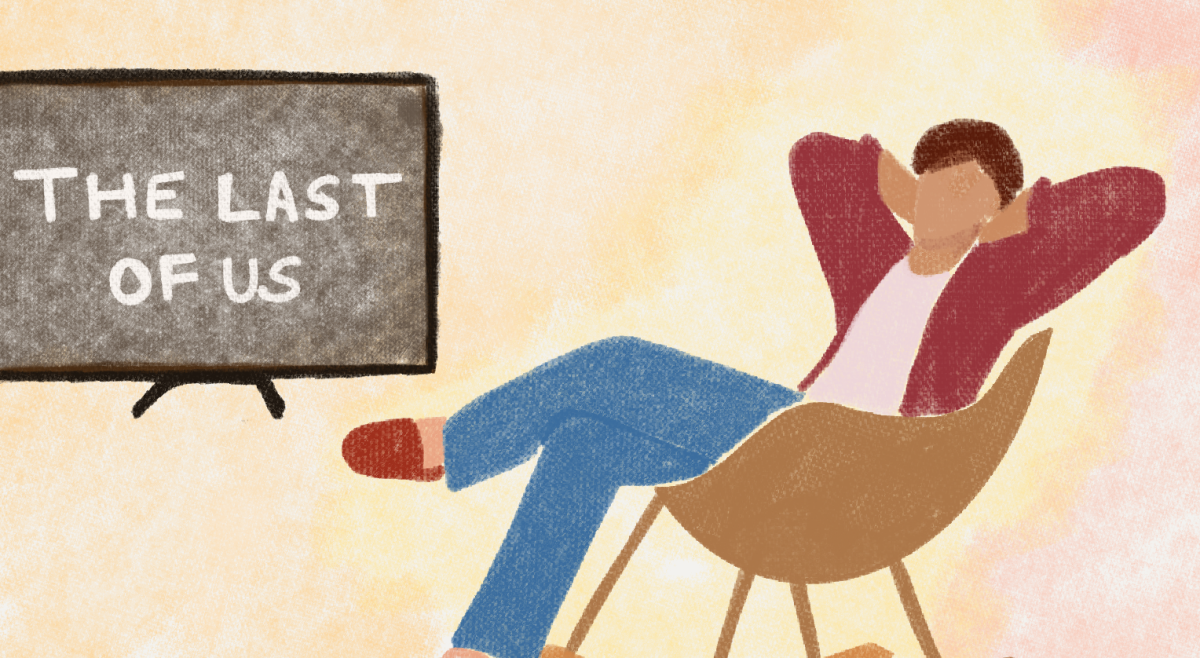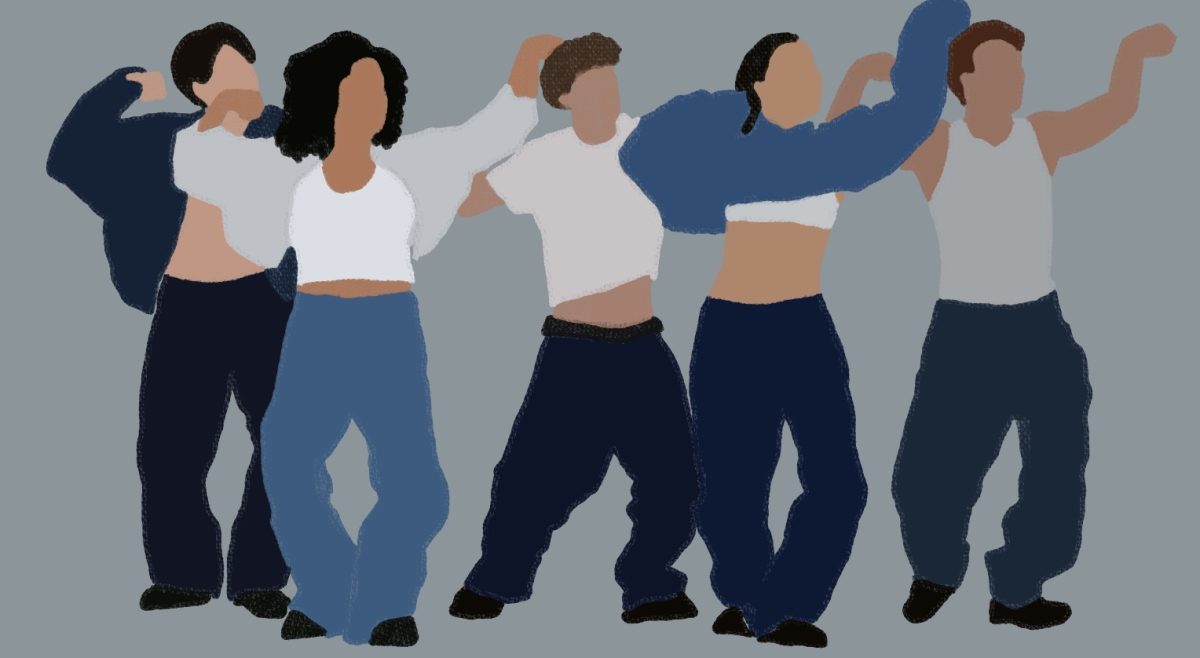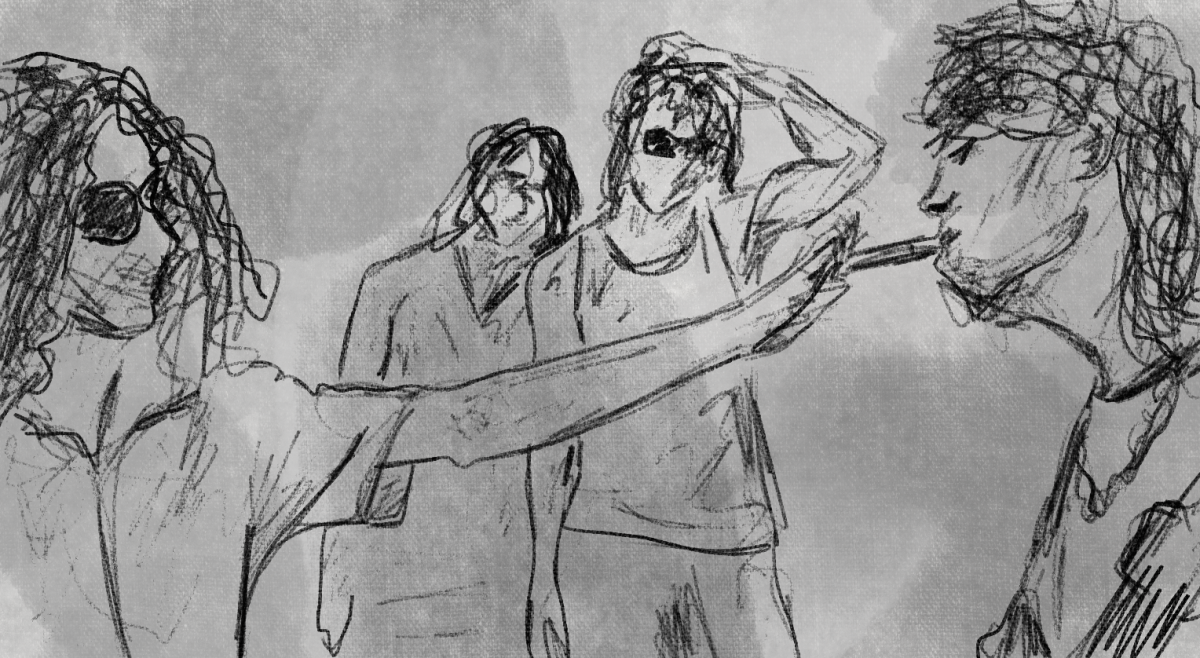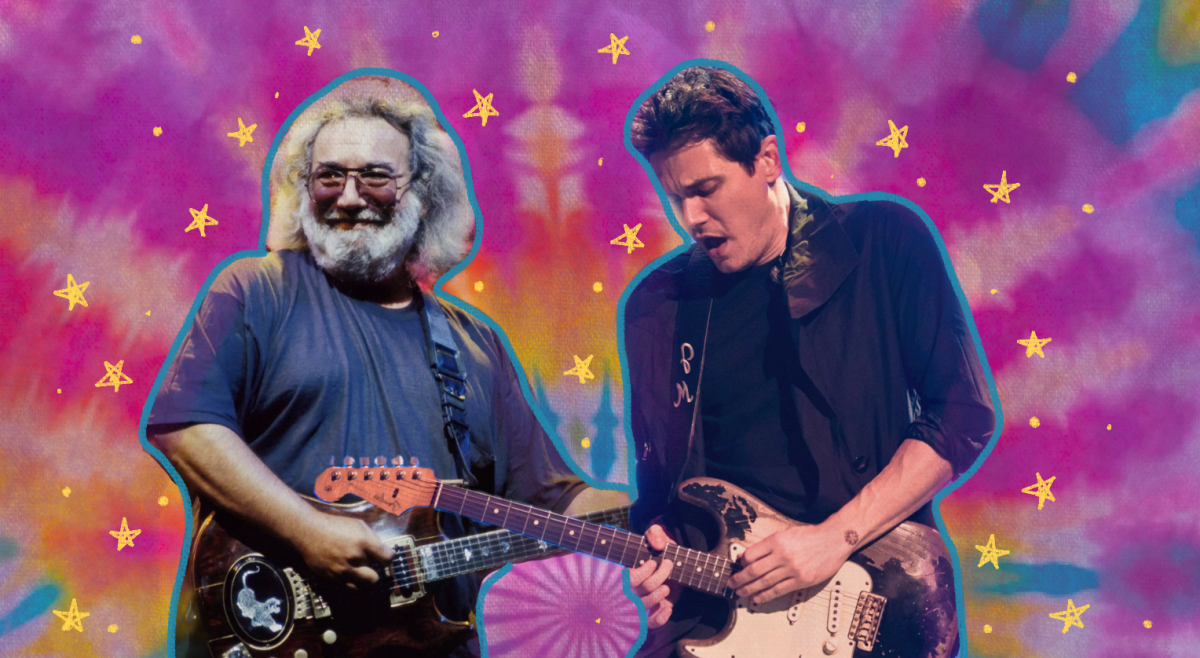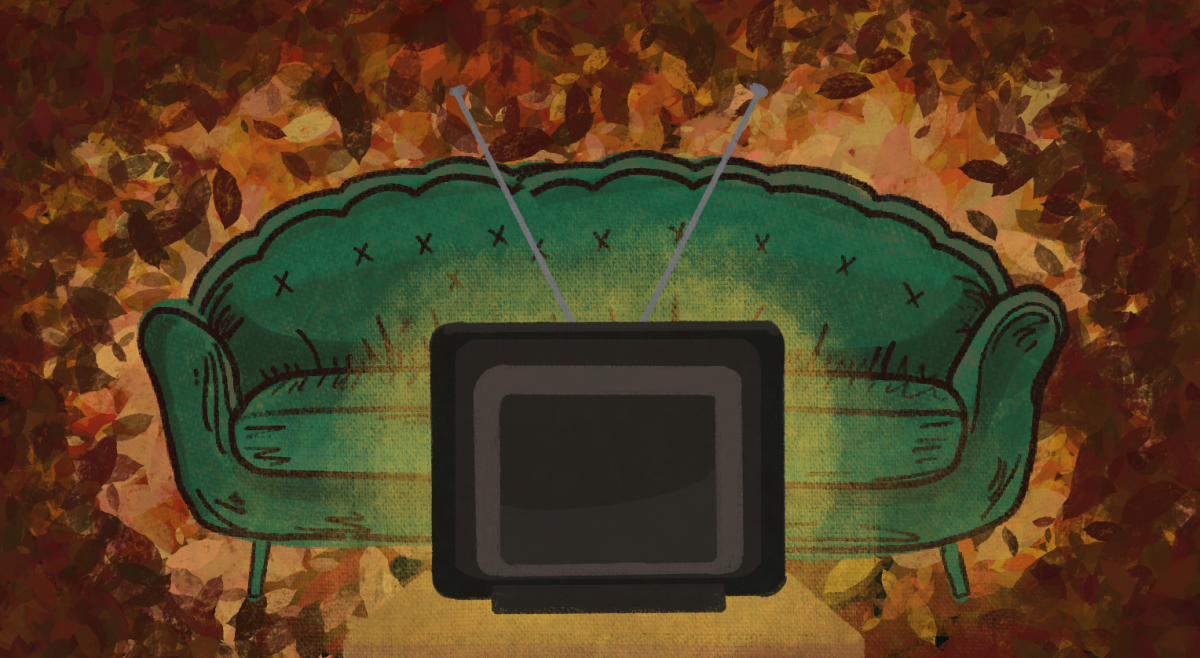As my high school football field’s fluorescent lights glowed under the Friday night sky, the only things illuminated were vacant bleachers and an underwhelming scoreboard. Instead, most students would line up to see our school’s musical productions.
It didn’t matter that the art department was heavily underfunded and that the students were forced to work with hardly anything. As soon as the stage lights were cast on my classmates, no one could deny the extraordinary talent displayed in front of us.
Most schools in America, however, don’t get this type of experience. While my school had both the arts and sports, others do not have the privilege of such a spectrum. This is not solely a problem in school districts, it’s a nationwide phenomenon.
America doesn’t care about the arts.
This isn’t an isolated situation. From public works projects to the decline of pursuing humanities in higher education, the arts are on a downward slope.
On an ideological level, Americans do care about the arts. According to Americans For the Arts, a non-profit organization aiming to recognize, advance, and support the arts, over 70 percent of Americans agree that art and culture are enjoyable.
America’s consumption of the arts has benefits, including improvements in community quality, cultural awareness, and academic performance.
Though Americans see the value in art, it’s not reflected in current public works projects.
Historically, the United States has had public works projects that directly focus on the arts. Under President Franklin D. Roosevelt’s administration, art programs like the establishment of community art centers and murals were launched for the general public. The government supported artists by employing them to create sculptures and public art.
But that was 1933. Ninety-two years later, the arts are losing a public emphasis in the United States. Seemingly, the arts are now part of the private sector in America, hidden behind the walls of Art Basel or Soho House. To actually experience the arts, you must be part of a club. The key: money.
If we look at the United States’ biggest counterpart, Europe, it’s easy to see that there is a clear distinction. In 2023, the United States allocated $2.28 million dollars to fund the arts, while the European Union gave over $74.9 billion for the arts.
European countries make proactive efforts to introduce the arts to everyone. Yet in America, there is a growing loss of appreciation for the arts beginning in schools.
Year after year, public schools in America are losing their art programs. Art programs are the foundation for fostering creativity in children, an essential part of human development. Administrators have their hands tied, and from the look of things, the new administration may not help alleviate the problem of budgeting.
As students grow up, society shows them how little the arts are appreciated. From the way local artists are treated to the monopoly that millionaire companies have on the music industry, Americans have not shown much respect to the art community. Only recently has there been a newfound emphasis on uplifting and supporting local artists.
The way society treats the arts carries through into young adulthood with the decline in pursuing the humanities in higher education. Negative terms like “impractical” and “useless” have been thrown around for decades toward majors like art history and drama. And with the ever-growing idea of studying what will make the most money, it makes sense why these degrees are undervalued.
Students studying English or history have encountered issues when trying to enter the workforce.
The challenges of finding work are at the root of why there is such dismay with the lack of appreciation for the arts. In America, places for art to be appreciated and seen are on the decline. Museums are understaffed and underfunded, with many of their employees not being paid a livable wage.
It’s clear that in America, there is more importance placed on the consumption of art than its enjoyment. With the rise of art fairs, those with the means will pay any amount for an actual piece—like how a taped banana was sold for $6.2 million dollars at a New York auction.
Though this may be a quickly growing problem, one step can easily be taken toward a full solution: funding arts programs. For America to learn to appreciate the arts again, we must start through education.
While my high school’s football team received large swathes of funding, the arts department was bare-boned. But if the love and dedication the actors put into their shows despite lackluster costumes and low budgeting said anything, it’s that the arts deserve appreciation.

